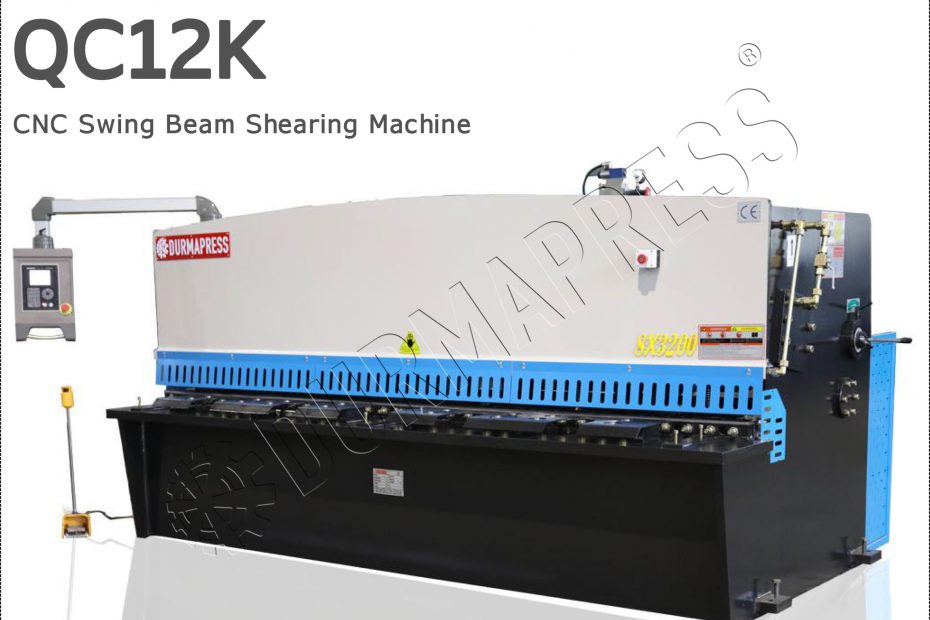Hydraulic plate shears are divided into straight line and swing type according to their different tool rest movement modes.
Linear structure is relatively simple (like a gate, so it is also called gate type), easy to manufacture, the blade section is rectangular,
four edges can be used as blades, so it is more durable. The tool rest swings around a fixed point when cutting.
The advantage is that the friction and wear between the upper and lower scissors are small, the blade deformation is small, and the shear precision is high. When the oil enters the upper chamber of the left end of the machine, the piston drops,
while the oil in the lower chamber enters the upper chamber of the right end of the machine,
so that the piston drops, thus ensuring the parallel work of the tool rest. When the amount of oil in the series oil line increases or decreases,
the shear Angle of the tool rest changes accordingly. When cutting two copper plate, cutting corners reduced,
can ensure that the sheet is not distorted; And can shorten the stroke of the tool rest, that is, can improve the number of strokes per minute.
Xenon accumulators are often used to drive one or two return cylinders to shorten the trip time and thus improve machine productivity
Typical structure of hydraulic plate shearing machine - fuselage:
The fuselage is generally composed of left and right columns, worktables, beams and so on. The fuselage is divided into casting composite structure and integral welding structure.
Castings are mostly used in the fuselage, which are connected into a whole by studs and pins. 4 The fuselage of this structure is heavy, poor rigidity, and the mechanical processing of the joint surface is also large.
5. Compared with the casting structure, the overall welding structure has the advantages of lighter weight, good rigidity and easy processing

